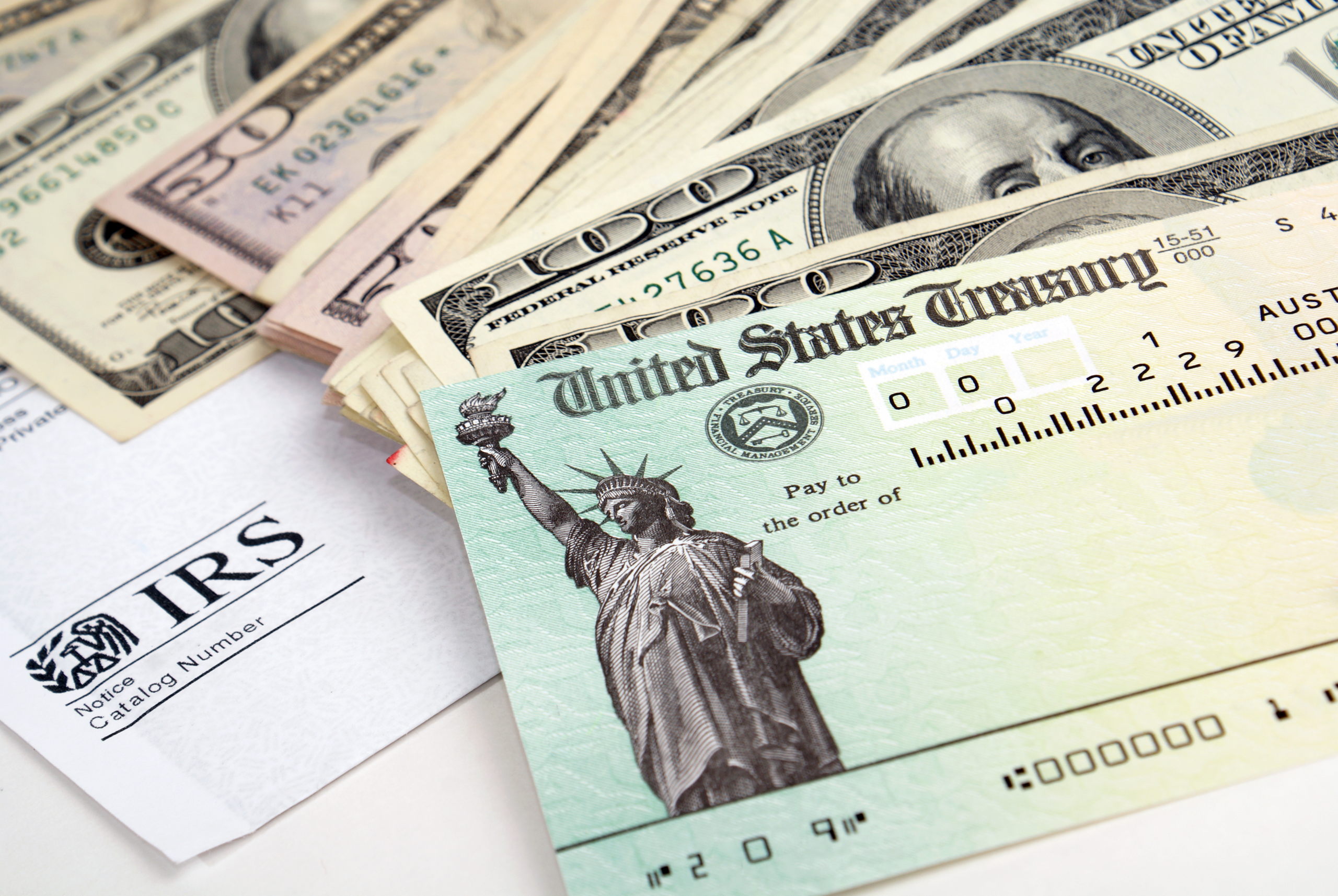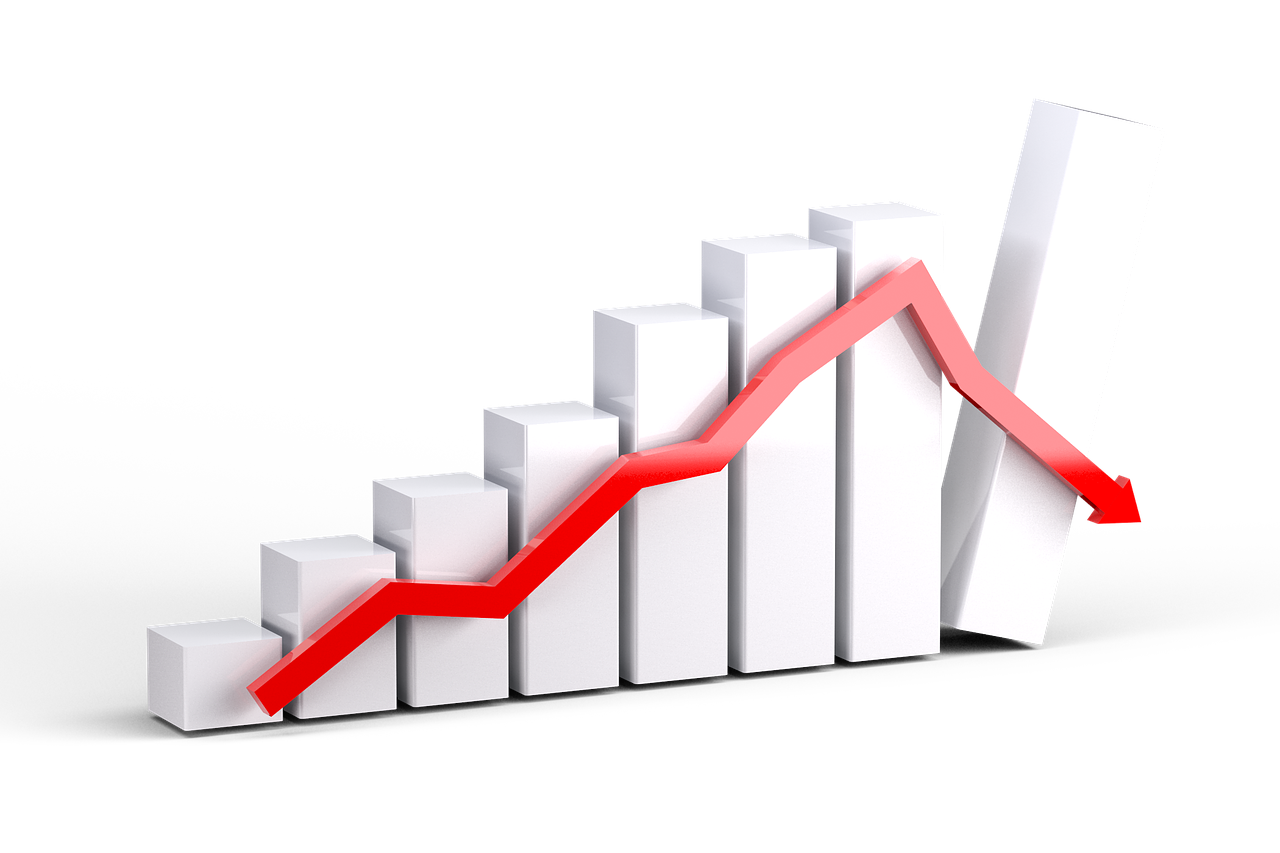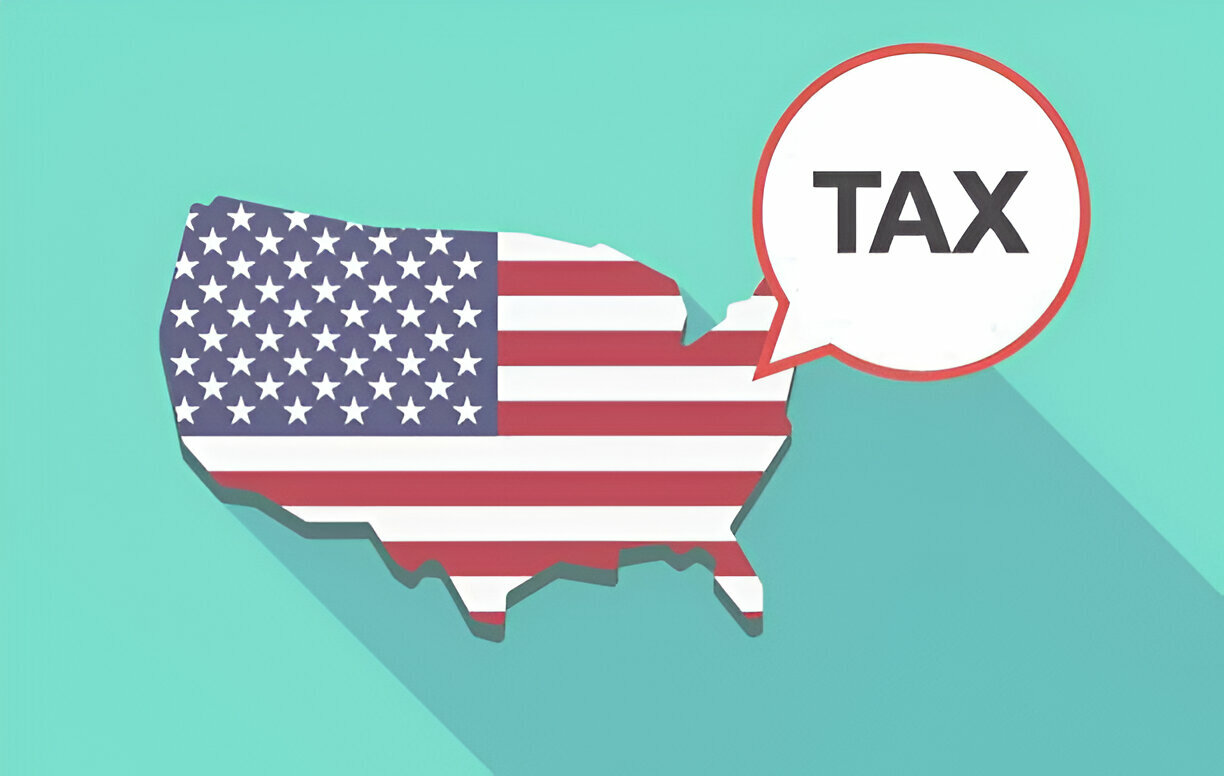Contrary to the stereotype of taxpayers dreading April 15 each year, many Americans often look forward to tax day, with the expectation of a large tax refund. Traditional wage earners sometimes view it as an annual bonus, and plan their family vacations around it, or use the windfall to pay off debts.
While a large refund can brighten your day, the reality in most cases is that the money was already yours to begin with.
Would you rather have $100 more each payday, or a check for $2,400 at the end of the year?
The fact is, a large refund simply means the taxpayer’s employer has been withholding too much from their paycheck. If you want more throughout the year instead of a lump sum, the IRS suggests using their withholding calculator, which has been updated to include the new tax brackets passed into law last year.
According to the IRS, more than 70% of taxpayers receive refunds averaging around $2,800. For a worker paid bi-weekly, making adjustments to their withholding could result in an extra $107 each payday.
Impacts of Tax Reform
The Tax Cuts and Jobs Act, enacted in December, made major changes to the tax law that can have an impact on the refund taxpayers will receive when they file their 2018 tax return.
TCJA changes that could have a big impact on tax refunds this year include:
- Reduced tax rates and changed tax brackets.
- Eliminated personal exemptions.
- Increased standard deduction.
- Expanded and increased Child Tax Credit.
- A new credit for other dependents.
- Some limited or discontinued deductions.
Do a Paycheck Checkup
The IRS urges taxpayers to perform a “paycheck checkup” now so that if an adjustment to their withholding is necessary, there’s time for it to take place evenly throughout the year. And for taxpayers who may not be having enough withheld, it can help prevent a major headache when April 15 comes.
The other side of the equation is this: Would you rather have an extra $50 taken out of each paycheck for the rest of the year, or owe $700-$1000 or more when you file your taxes? Under withholding by too much can also result in IRS penalties.
In either case, a paycheck checkup can help get things fixed while there is still time.
Using the Withholding Calculator
It’s helpful if taxpayers have their completed 2017 tax return available when using the Withholding Calculator to estimate the amount of income, deductions, adjustments and credits to enter. Filers also need their most recent pay stubs to compute the employee’s withholding so far this year.
Calculator results depend on the accuracy of information entered. If a taxpayer’s personal circumstances change during the year, they should return to the calculator to check whether their withholding should be changed.
Employees can use the results from the Withholding Calculator to help determine if they should complete a new Form W-4 and, if so, what information to enter on a new Form W-4.
Taxpayers who change their withholding for 2018 should recheck their withholding at the start of 2019, especially those who reduced their withholding sometime in 2018. A mid-year withholding change in 2018 may have a different full-year impact in 2019. Taxpayers who do not file a new Form W-4 for 2019, may have a higher or lower withholding than intend. To help protect against having too little withheld in 2019, IRS encourages all filers to check their withholding again early in 2019.
The Withholding Calculator does not request personally-identifiable information, such as name, Social Security number, address or bank account number. The IRS does not save or record the information entered on the calculator. As always, taxpayers should watch out for tax scams, especially via email or phone and be alert to cybercriminals impersonating the IRS. The IRS does not send emails related to the Withholding Calculator or the information entered in it.
Adjusting withholding
Employees who need to complete a new Form W-4 should submit it to their employers as soon as possible. Employees with a change in personal circumstances that reduce the number of withholding allowances must submit a new Form W-4 with corrected withholding allowances to their employer within 10 days of the change.
Taxpayers may also need to determine if they should make adjustments to their state or local withholding. They can contact their state’s department of revenue to learn more.
Thanks for reading CPA Practice Advisor!
Subscribe Already registered? Log In
Need more information? Read the FAQs




